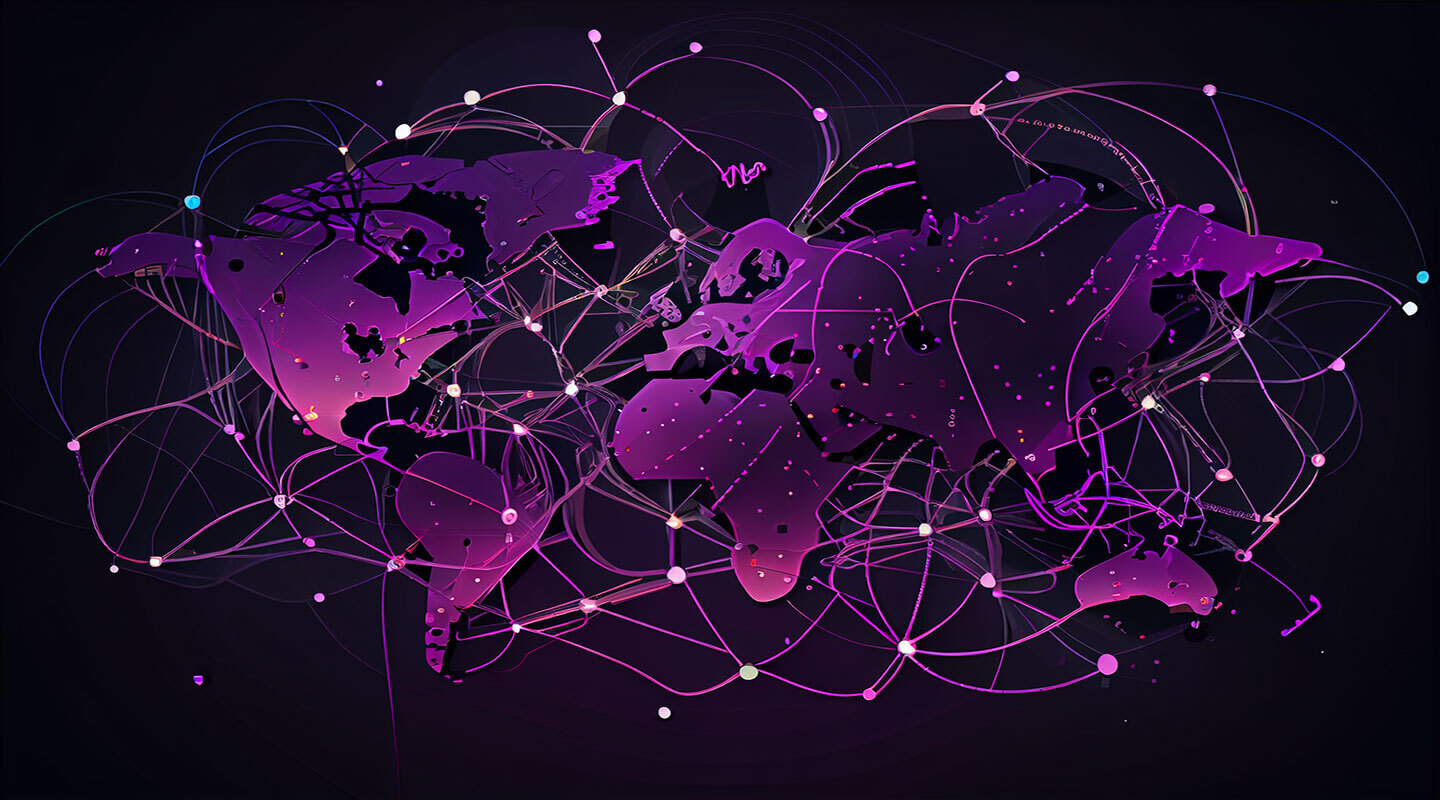Web 3.0, which is seen as the 'internet of the future' and represents the third generation of the internet, has yet to enter our lives fully. However, many individuals and institutions have already started making significant investments in this area. What exactly is Web 3.0, and how is it different from the internet we currently use? When exactly will we meet Web 3.0?
What Is Web 3.0?
The concept of Web 3.0, which we first heard about in the early 2000s and is also known as the 'Semantic Web', was first used by Berners-Lee in an article dated 2001. While Web 1.0 represented the first version of the internet and only had readable content, Web 2.0 allowed users to contribute to content creation in addition to providing readable content. Web 3.0, on the other hand, represents an internet that is decentralized, blockchain-based, uses artificial intelligence, and where users have a say, not companies.

What Makes Web 3.0 Different?
Basically, Web 3.0 is an internet platform developed using advanced technologies. The most important technologies that make up Web 3.0 are as follows:
- Blockchain
- Artificial Intelligence (AI)
- Internet of Things (IoT)
- Creator Economy
- Metaverse
- Decentralized Finance (DeFi)
Blockchain
In its simplest form, blockchain is a technology that enables all transactions to be securely and openly regulated by smart contracts without the need for a central authority or intermediary. Web 3.0 and blockchain, with their decentralized and transparent structures, feed and develop each other by providing top-level security against possible cyberattacks.
Artificial Intelligence (AI)
With the help of technologies such as the Semantic Web and natural language processing (NLP) in Web 3.0, computers will be able to understand data and information the way humans do. To achieve this, Web 3.0 utilizes various algorithms and data that imitate human learning, benefiting from 'Artificial Intelligence' (AI). As a result, users will be able to access the relevant information faster and achieve more accurate results.
Internet of Things (IoT)
The Internet of Things is the technology that allows all objects we use in our daily lives, from cars to small kitchen appliances, to synchronize and exchange data with each other. Web 3.0 is expected to lead to more efficient use of the 'Internet of Things' technology. As a result, many new smart devices will be integrated into our lives.
Creator Economy
The 'Creator Economy' can be defined as a software-supported economy where individuals can create their own digital content and earn income from it. Web 3.0, with its decentralized structure, allows individuals to have full control over their content. Content creators will be able to create new revenue models without the need for centralized platforms.
Metaverse
Metaverse, which is expected to be one of the core technologies of Web 3.0, offers an online and 3D universe by combining many virtual worlds. It also has its own independent economy consisting of cryptocurrencies and NFTs.
Decentralized Finance (DeFi)
DeFi (decentralized finance), utilizes the transparent structure of Web 3.0 powered by blockchain technology. With DeFi, users have more control over their cryptocurrencies while also being able to obtain physical credit and debit cards.
How Does Web 3.0 Work?
Although the internet we use today with Web 3.0 has some similarities, its operating principles are different. The most important difference is that in Web 2.0, data security and processing are done centrally, while in Web 3.0, the internet is decentralized and intermediary-free.

These decentralized applications are called Decentralized Applications (dApps) or "Decentralized Apps". In decentralized applications that run on blockchain or peer-to-peer (P2P) networks, developers are rewarded when they create a decentralized and secure network. This encourages them to contribute to the development of the network.
Moreover, with the widespread adoption of Web 3.0 and the constantly learning nature of artificial intelligence (AI) technology, the virtual and real world are becoming even closer to each other.
What Are the Features of Web 3.0?
The concept of Web 3.0, where middlemen disappear, aims to create a decentralized distributed organization and enable individuals to serve each other. On the other hand, with the data obtained through artificial intelligence technology, users can control their own data. This allows users to have complete control over their own data. In addition to these features, we can list some of the features of Web 3.0 technology as follows:
- Blockchain and crypto adoption
- Ubiquitous connectivity and Internet of Things (IoT) support
- Semantic web infrastructure
- Artificial intelligence (AI)
- Decentralization
- UX with 3D and spatial experiences
- Metaverse support
- Redefining data ownership
- Integration with edge computing infrastructure
What Is the Relationship between Blockchain and Cryptocurrencies and Web 3.0?
The principle of decentralization, which is at the core of Web 3.0, is the most important feature to define its relationship with blockchain and cryptocurrencies. Blockchain is a technology that enables all transactions to be executed securely and transparently using smart contracts without the need for a central authority. Web 3.0 technology plays an important role in the development of blockchain due to its decentralized and attack-resistant structure.
Cryptocurrencies, also known as 'Web 3.0 tokens', enable individuals to manage their digital assets without the need for an intermediary institution. With the support of blockchain technology, which is backed by Web 3.0, cryptocurrencies also provide users with the ability to record all their data securely.







